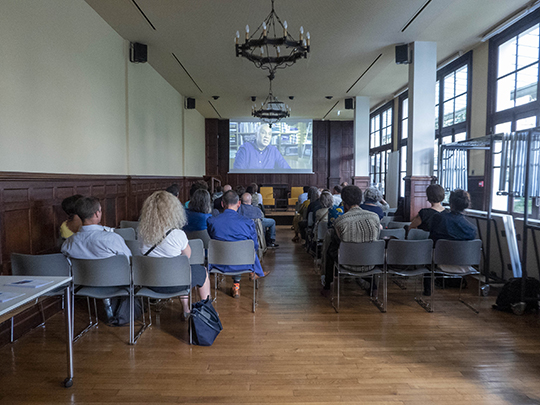


|a Paris (France) |0 |x Race relations |0 |x History |y 20th century. |a Paris (France) |x Intellectual life |y 20th century.

|a Toleration |0 |z France |z Paris |0 |x History |y 20th century. |a African Americans |0 |z France |z Paris |0 |x History |y 20th century. |a Includes bibliographical references (pages 342-347) and index. |a xvi, 366 pages : |b illustrations |c 24 cm |a Boston : |b Houghton Mifflin, |c 1996. With these considerations in mind, Josephine Baker in Art and Life: The Icon and the Image.|a Paris noir : |b African Americans in the City of Light / |c Tyler Stovall. In recent years, the field of Afro-European Studies has achieved increasing legitimacy thanks to serious scholarship, improved interdisciplinary articulation between researchers engaged in various comparative projects on culture, ethnicity, politics, and race, measures that have been accompanied by gradual institutional recognition of these new modes of intellectual inquiry. Through the environment of black Paris, experiences are communicated and memories reinvented" (149). Informed by sociological analytical tools, Black Paris suggested multiple ways in which "s a collective physical and ideological space, black Paris is a landscape of memory that encompasses the subjective perspectives of African writers. More than a decade ago, Tyler Stovall published his landmark study on African Americans in Paris, Paris Noir: African Americans in the City of Lights (1996) and Bennetta Jules-Rosette in turn highlighted in Black Paris: The African Writers' Landscape (1998) the important connections between African American and African artists and writers established throughout the twentieth century in this crucial site of global black consciousness-most notably at the First Congress of Black Writers and Artists held at the Sorbonne in 1956.

Josephine Baker in Art and Life: The Icon and the Image


 0 kommentar(er)
0 kommentar(er)
